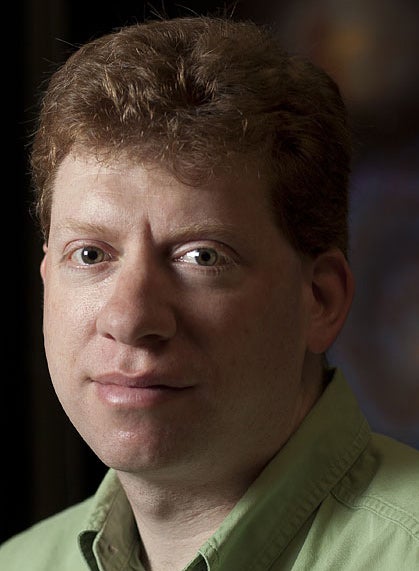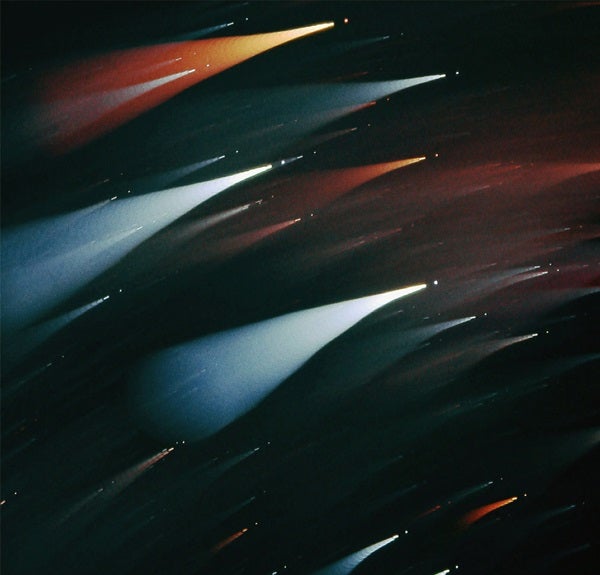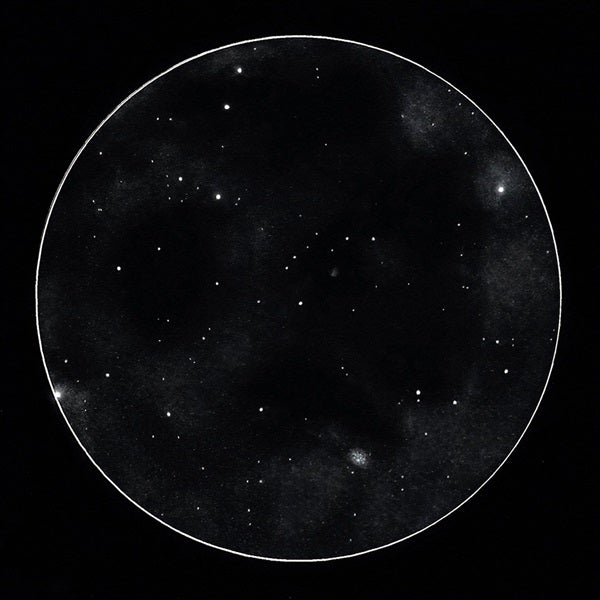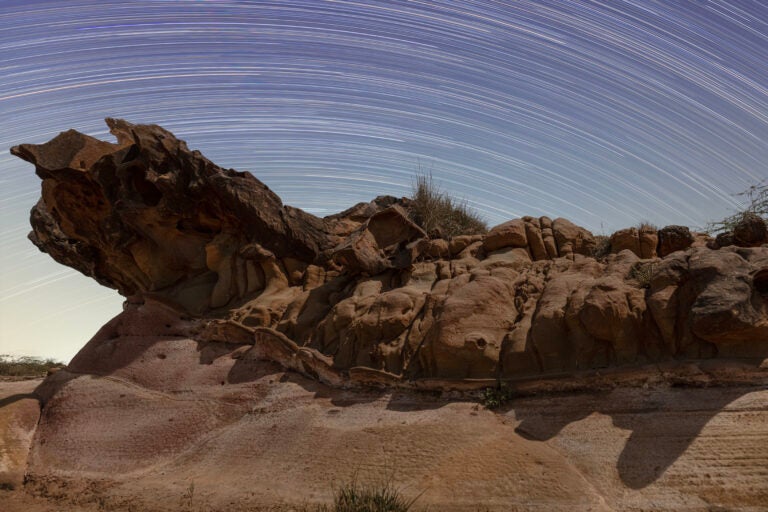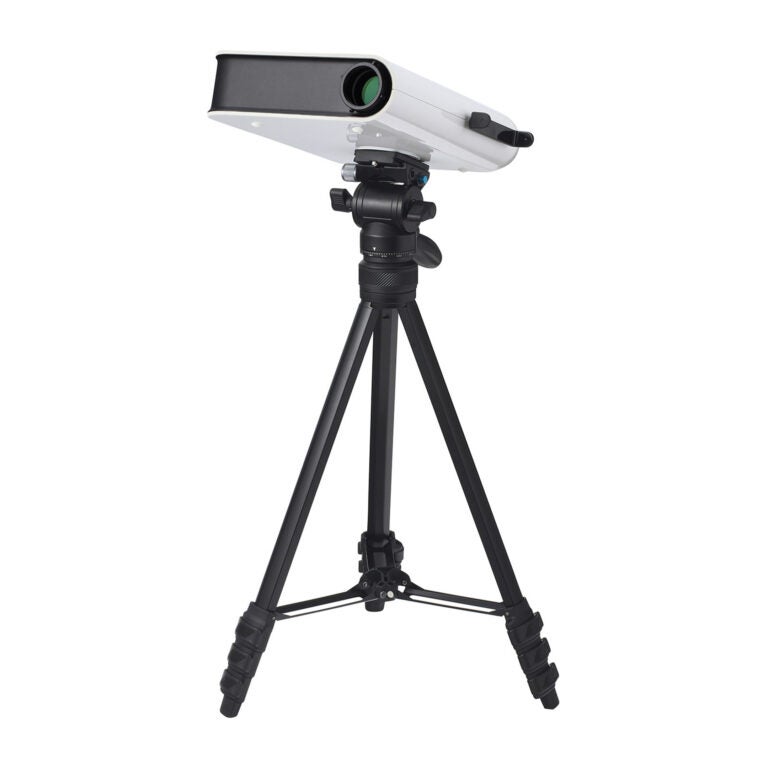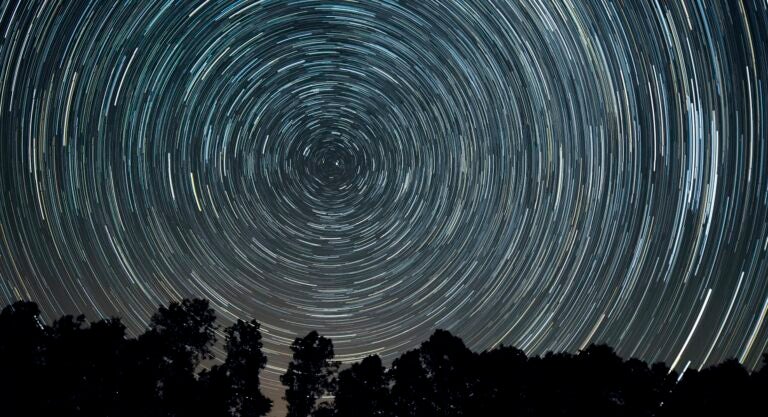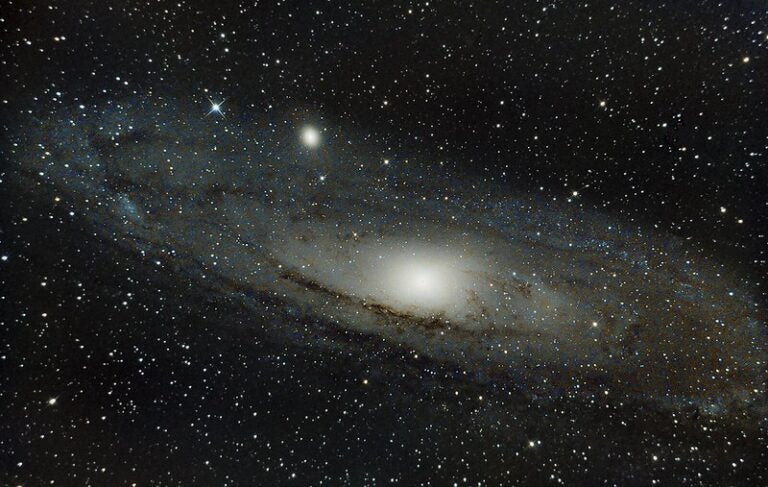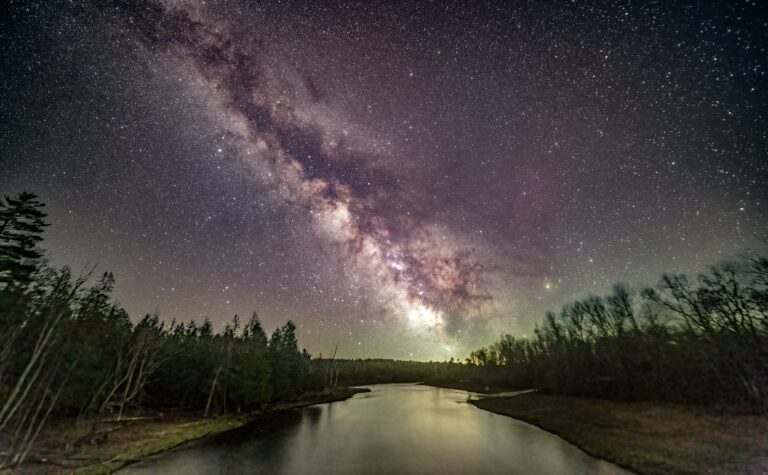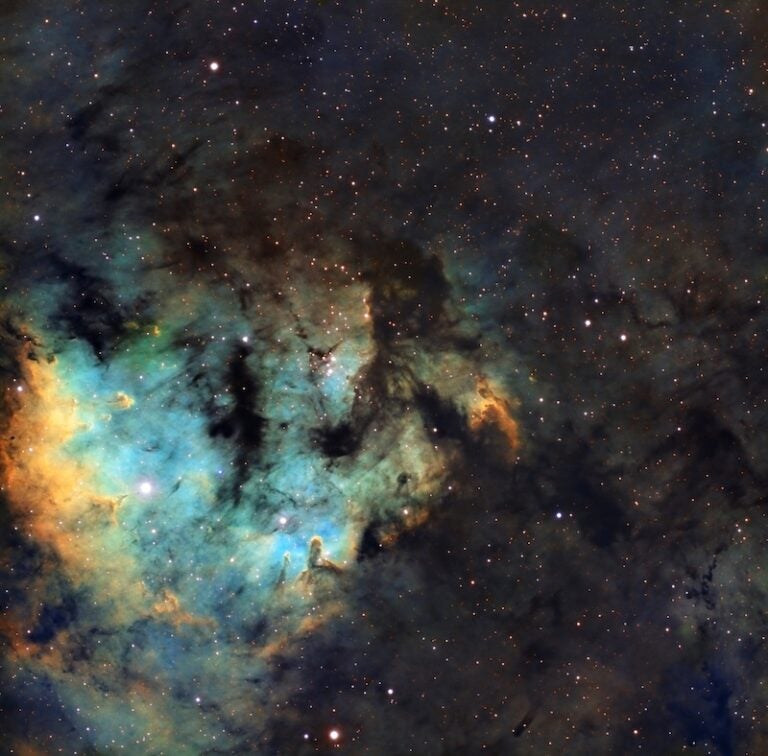In the course of processing an image, I find myself deconstructing it into elements that are beautiful even when extracted from the whole. Details, colors, patterns, and even conceptual elements all play a role in the final result. Some objects are captivating not because of their visual appeal, but instead for what they represent.
Some images stick in my head for years. Stefan Seip’s shot of the constellation Crux, the Southern Cross (Image #1) that I first saw in 2004 is one of them. I don’t remember being overwhelmed by it at the time. But it was memorable and became an unconscious inspiration for an image I created more than 10 years later.
Painting with starlight is common and can be simple to do, as the uncountable number of star-trail pictures will attest. Seip’s method of “painting” captured pure star color, which is arguably the most attractive element of pinpoints of light.
This image captures a deconstructed cluster, but star color is only one aspect of it. The spacing between the rings of light emphasizes the stellar density profile of the cluster. The art shines through because the mesmerizing effect of thin concentric circles is hard to ignore. This is a kind of representational art that I find fascinating. Given time, it would be great to make a collection of photographs of different clusters to see how they differ or perhaps leave the collection unlabeled and try to figure out which image matches a particular star cluster.
If our pictures capture Musica Universalis (the Harmony of the Spheres), then the next time you are processing an image, consider the notes that make up the melodies of the cosmos.

